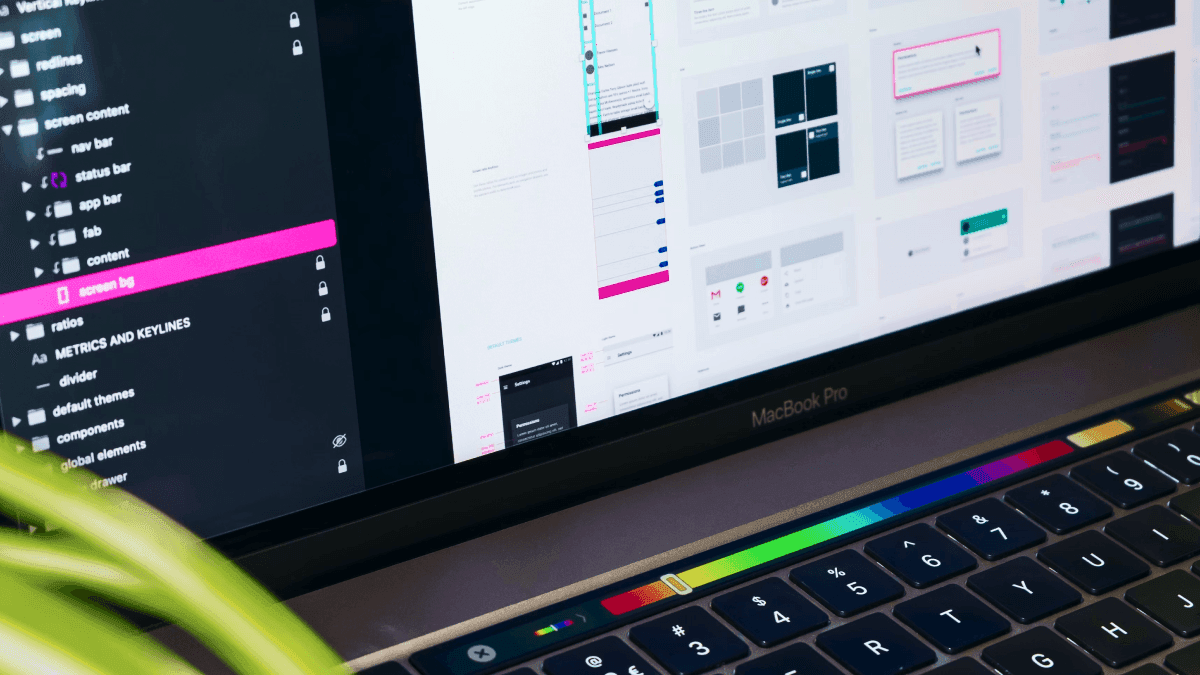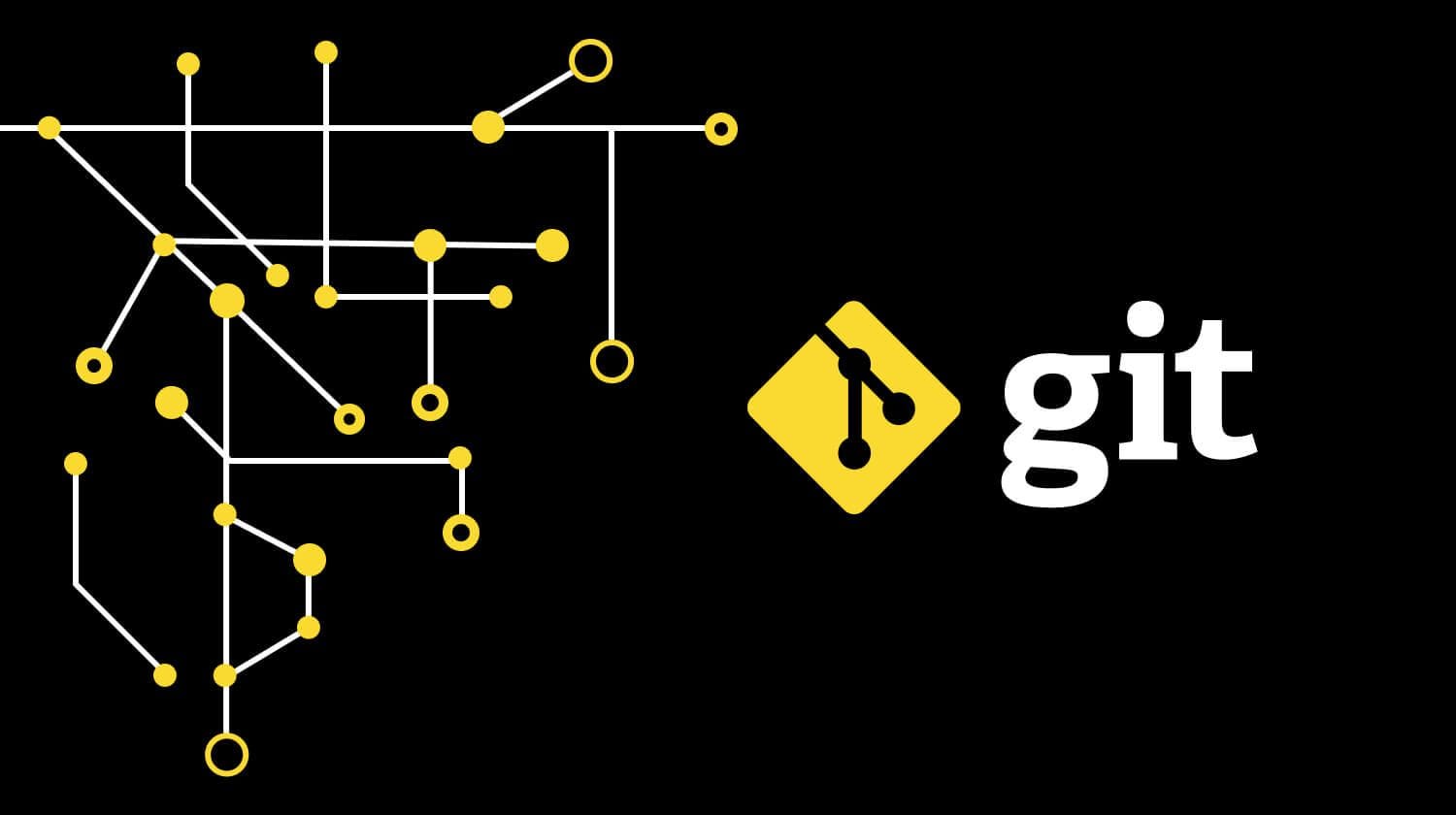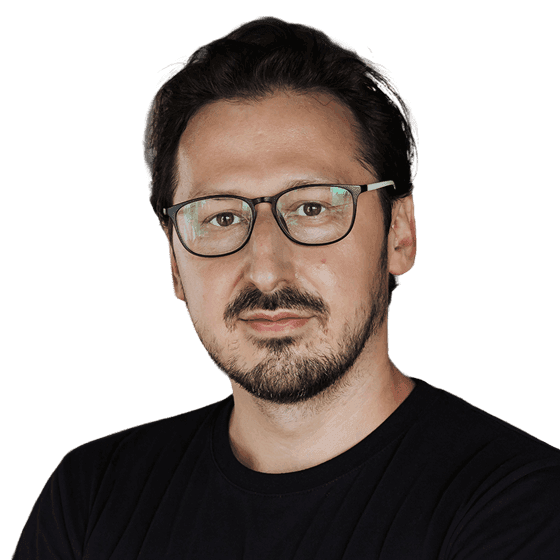Did you know that the first model of the iPhone was unable to send media to another iPhone? Neither Wi-Fi nor Bluetooth would come in handy. Moreover, it had no 3G support, lacked a “copy and paste” function, and could not search the user’s contacts or emails. All of these were already invented and quite popular at that time. However, Apple decided not to implement all of these functions in their first iPhone. Why? The thing is that the iPhone was an MVP (Minimum Viable Product), and it was a brilliant strategy to develop the first touchscreen smartphone.
What is MVP?
The idea behind the concept of MVP is that when you develop a new product or service, you should avoid implementing all the redundant functions. What is MVP in business if not the process by which you test your idea? The only requirement for an MVP is that it should be completely usable in terms of solving one particular user problem. That’s it. Then you put it on the market and wait for the users’ feedback while gathering strength and resources.

The fact is that MVP emphasizes not the product but the process of learning about the product. It is made not to make a profit but to test whether it will be demanded among your audience. Moreover, it requires less effort and resources than the final product.
MVP will suit your project or startup if you want to:
- Make the quickest possible release;
- Receive feedback from real users before investing the full budget;
- Learn what your target audience needs or does not need.
There are two possible outcomes of the MVP development process. The first one is a success, and it presumes that you need to find ways of improvement and further development of your product. The second one is a failure. In this case, budget losses and time spent on development are minimized. Thus, MVP is a secure blitzkrieg strategy.
What is useful about MVP?
While the central task is to learn, there is a possibility for numerous other benefits. Besides the market research, with MVP you can:
- Save time and resources for the development of the final product.
- Quickly get feedback for improvement from the early customers.
- Acquire your first user community.
- Get shareholders earlier by attracting investors at the stage of MVP.
- Reduce the necessity of remakes due to minimal functionality.
- Save time and money for another project if your idea is proven to be a failure.
It is also important to emphasize that these benefits are a bonus. The priority is the research on whether your product is viable in the market.
What an MVP is not?
It is also important to distinguish MVP from the other ideas that may appear similar at the first glance.
Prototype
First of all, keep in mind that MVP and a prototype are two different concepts. Unlike the prototype, which is tasked to present the idea, MVP ought to be placed in the market to test it. It means that MVP has to be fully marketable regardless of its limited functions.
Final product
MVP is the version of a product that has to be improved. While the primary task of MVP is to find out whether the main feature of your product will be in demand among the customers, it will also help you decide on additional features and other updates. It is intended to serve as a basis for your future product and provides you with a possibility to improvise, adapt, and overcome.
Distraction from your goals
Last but not least, MVP is not anything besides what helps you learn from your customers. In plain English, MVP is about the process of learning rather than making money on the early version of the product or something else. You can and you should avoid those features that do not contribute to your goal of learning and require time and resources.
Examples
Concerning the greatest minimum viable product examples, most people either forgot or did not know about the initial versions of these products:
Amazon
Amazon began as an online book retailer. Their website had a simplistic interface, which seemed not to cost a lot of effort to develop. Their main competitor was Barnes & Noble, a conservative bookseller that used mail-catalogs to sell their products. The new approach led Amazon to success but it is MVP that has proven the concept of online retails and allowed the company to grow and become as it is today.
Spotify
The main feature of Spotify was to stream music. This Swedish company started with the development of the desktop application in the format of the closed beta. Once their MVP proved to be successful, they developed a mobile app and started signing contracts with artists from the US and all over the world.
Uber
Uber was an app that connected taxi drivers in San Francisco with the users who dared to enable credit card payments in this app. This approach allowed the creation of cheap services that quickly became popular. Only later the company extended its services by adding such ones as car rental, couriers, food delivery, and other kinds of delivery.
How to build a Minimum Viable Product?
Now that you know what is minimum viable product, you may want to build one on your own, but please be patient. Explanations and examples may sound simple, but if you want to create MVP on your own, you will need some advice. Here are the six steps of the MVP development process that will guide you on the path from the initial idea to a marketable product.
Use a problem as an opportunity
First of all, your MVP should serve one particular purpose. A successful product is the one that can solve your customer’s problem. Therefore, you should put yourself in your customer’s shoes to understand how the product or service you offer can help. After applying this practice, you will get an idea of the purpose of the product and its value to the user.
If the process of looking for problems in a particular segment of the market is not helpful, you can apply a more personal approach. Just think of an issue you face, and which is a pain in the neck of the other people. However, unlike them, you can develop a tool to solve it more effectively, quickly, or cheaply.
Create a user persona
One of the most popular mistakes of the MVP development process is aiming at a wide audience. By creating a user persona you will narrow it down. For this purpose, you should outline the characteristics of a perfect customer, the one that will buy your product or service without hesitation and will remain satisfied with it.
To succeed at this stage, fill in a user persona card with the information that would help you understand how well the product suits the future customer. Usually, a user persona card contains information about age, education, income level, habits, interests, and hobbies. Besides, this information will help you with your advertising campaign.
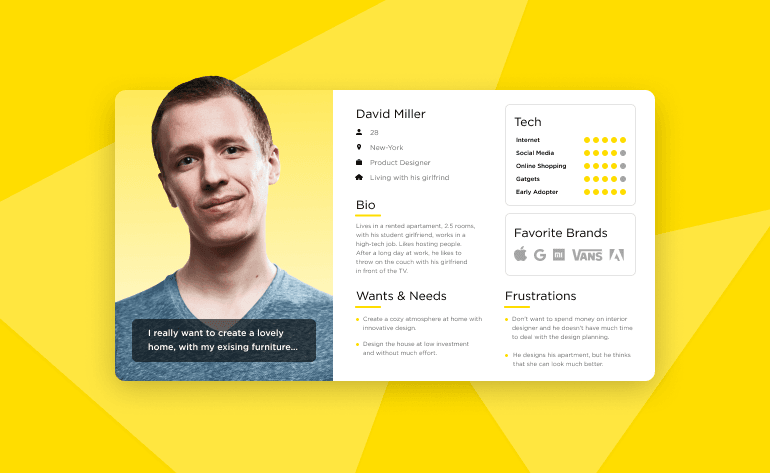
Analyze the competitors
Even if you think that your product is innovative and has no analogs, you already have a few competitors. However, the good news is that you can learn a lot from them. Apart from the obvious things to look at, such as strengths and weaknesses, cases of success and failure, their experience may provide you with a lot of other information. Finding out what is your competitors’ market share, why customers come to them, and what makes them unique, may help you adjust your MVP.
Moreover, if they have their product already made, you can analyze the feedback from customers. In this case, you can make sure that your MVP addresses the drawbacks of their product. Thus, having competitors is not a problem but an advantage if you learn from their mistakes and successes.
Create the user journey
A user journey is the sequence of actions your customer makes to achieve his or her goal. Your task is to make the user journey short, simple, and convenient. While working on a user journey, keep in mind the user persona to get an idea about what the user would do. A user journey has to have a story ending, which is the final step when a user reaches his or her goal.
After user journey creation, identify pain points and what the user gets when you address them. This process will allow you to find out how to create an MVP that can bring maximum value. Thus, you can focus on working with pain points and add all the secondary features after the initial launch.
Prioritize MVP features
The next stage is to choose the most necessary features of your MVP. Having created the user journey, this task will be easier. First of all, create a chart with the user journey and put all the features there according to the steps a user has to make. Thus, you will see the impact of each feature on each step.
After that, prioritize the features and get rid of unnecessary ones. Implementation of redundant features into the MVP will only confuse users and reduce the reliability of the research results. However, you can add them later, after MVP deployment and analysis of primary feedback.
Build, Test, Learn, and Repeat
The sixth step of MVP development can be final only if your product proves itself to be not viable. Otherwise, after building, testing, and learning, the process is initiated, and you upgrade your MVP, test it, and learn from your mistakes or success.
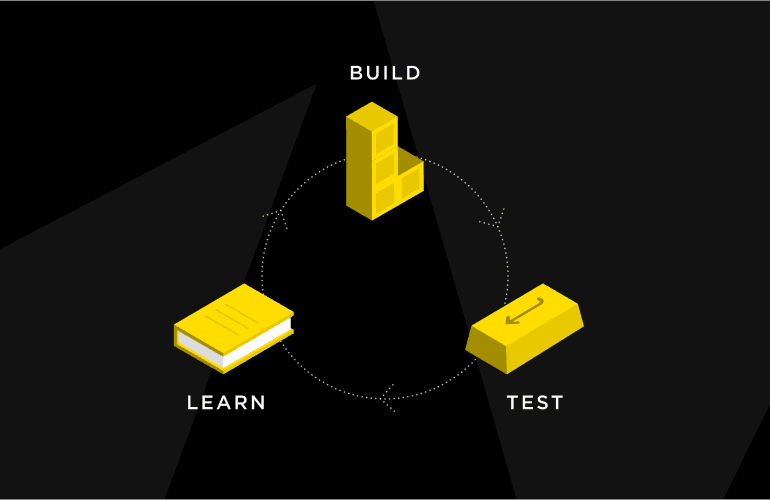
Build
Having in mind the scope of work, which can be clearly seen after the MVP functionality is decided, you can at last build your product. For this purpose, you can use Scrum, Kanban, Lean or other methodology that presumes regular release of updates. The choice between these methodologies will depend on the project and your other preferences. The most important requirement is to be able to improve the product "on the go" as feedback is received.
Test
Start testing your product by making an Alpha test aka Friends and Family release. Not only your QA team will be involved, but also other users, who are always friends and relatives of your team members. After that, it is necessary to carry out beta testing that presumes the involvement of the other people, first customers. The main idea of testing is the technical improvement of the MVP. Before release, the product must work without errors so that technical problems do not prevent users from evaluating its functionality.
Learn
From the moment of an MVP launch, it is necessary to collect, save, and analyze feedback, including statistics, customer behavior, and user reviews. This information is the purpose of your MVP. The data collected using the MVP will allow you to understand whether the project is promising, help generate new ideas, and develop a product development strategy based not on assumptions but on facts.
How to move from MVP to Full-Scale product?
When the moment of realization that your product is viable and demanded comes, start moving from MVP to your final product. From now on, it is important to implement some changes in your strategy. Some activities, for instance, communication with users, will remain permanent, but there are also other ones, such as scaling, pricing, and marketing, which now demand your careful attention.
Continue gathering and analyzing feedback
The goal of MVP is to gather user feedback in order to aim your audience right. However, you should not stop gathering feedback even after the release of the MVP. The thing is that you should gather it even after that to continuously improve the product. You should also pay special attention to negative feedback. Take these comments as a recipe for improvement. The customers who criticize your product may help you fix imperfections of your product.
Together with that, it is important to gather data about user behavior. Knowing this, you will understand how a user interacts with your product and what changes should be implemented. All of these will help you move from MVP to a final version of the product, which is rarely truly final because most of the products also have to be updated regularly.
Aim to grow instead of surviving
While building an MVP, you are trying to create a viable product, which means that your strategy presumes survival. However, after building your MVP, instead of survival, you should aim at growth and success. A startup can simply fail in case the issue of scaling was not considered.
Think about it: what if the demand for your product grows drastically over a short period of time? Are you ready to cope with more clients than you currently have? Keep these questions in mind and be prepared to grow.
Think about pricing early
The issue of pricing is often neglected during the process of MVP development. Usually, companies do not want to charge the final price for underdeveloped products. However, an MVP is already a product that already solves at least one problem of the customers, and that is why this product can and has to be used as well as sold.
Moreover, by paying full price for the MVP, a user may expect it to be upgraded and polished later. The only thing that should be considered is the demand and how much users are ready to pay for such a product. For this purpose, do not shy away from market research.
Consider your marketing strategy
Your marketing strategy should be ready at the moment of an MVP launch. In fact, you can even start implementing it even earlier so that the world would know about your product and anticipate its release.
Another thing that is worth mentioning is the fact that the marketing strategies for MVP and for the final product are different. When a final product is launched, its marketing strategy always presumes a hard launch. This approach presumes expensive commercials and paid advertising.
However, such an approach contradicts the very idea of MVP, which is tasked to be cheap just to test an idea. Therefore, the marketing strategy for MVP should be aimed at creating as much buzz around your product as possible. For this purpose, you can use low-cost strategies, such as email subscriptions, blogs, social media posts, and building relationships with other companies.
Development Mistakes to Avoid while Building an MVP
Now that you know how to build a Minimum Viable Product and successfully transform it into the final product, there is a need to learn about the possible pitfalls:
Solving the wrong problem
When you develop an MVP, you are trying to solve a particular problem. However, your solution may not address the demands of users. As a result, people will not buy your product.
Lack of communication with users
Always try to find out what your users need. The questions you ask should help you with the process of development. In fact, even the commentaries of customers are a helpful communication tool.
Aiming at the wrong segment of the audience
You should aim at your user persona, a segment of the audience that will buy your product. The feedback from the other people may be useless for you. The only feedback you should value is that, which comes from the end-users. With its help, you can improve and adapt the product according to the users’ needs.
Inadequate development method
A waterfall method, for instance, will not suit the purpose of MVP development. Choose the one that will provide you with flexibility and the possibility to iterate.
Postponed launch
The sooner you launch, the earlier you will receive the users’ feedbacks. However, the speed should not damage the quality of the product. The optimal time for the MVP software development is from 1 to 5 months.
Too many features
The user should clearly know the purpose of your MVP. The excessive features distract users from the main goal of your MVP and, as a result, you receive feedback that does not concern the central feature of your product. Moreover, the redundant features deteriorate the UX.
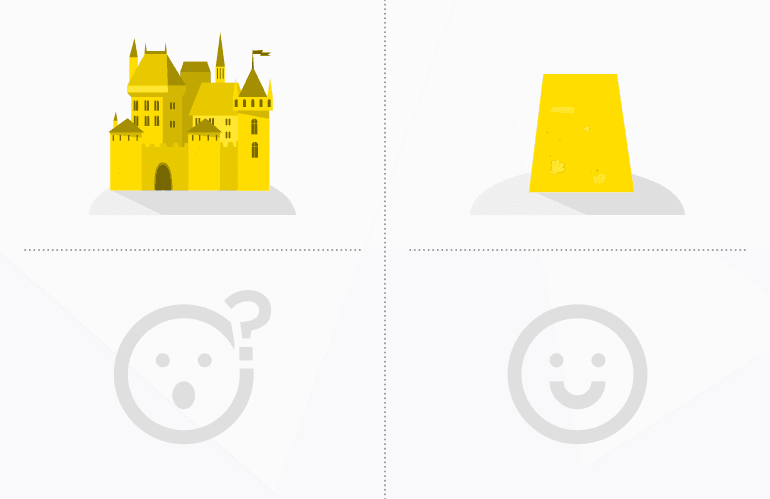
Conclusions
Nowadays, Minimum Viable Product development is a popular method of project management, especially for startups. Knowing what is MVP in software development, you can test an idea for a product or service. By minimizing the functionality this method reduces costs as well as time spent on the development. You can use the method of MVP to create any type of product or service, including web and mobile apps.
Besides, it is always an economical decision because the development of major functionality saves you time and prevents bigger losses if your product turns out to be non-viable. Together with that, you can acquire other benefits, such as a community of early users, early investors' attraction, and reduced chances of the need to remake something.
As you can see, successful businesses such as Apple, Amazon, Spotify, and Uber used MVP to succeed. Most of the companies in this list were startups, but Apple proved that MVP can be also useful for a well-established business.
If you want to build a successful Minimum Viable Product
| DO: | DON’T: |
| Look for a problem to create a product that would solve it. | Solve the problem your customer would ignore rather than buy your product to solve it. |
| Analyze your audience. | Underestimate the power of feedback. |
| Learn about the products that are most resemblant to yours. | Aim at those people who will not buy your MVP. |
| Outline the user journey. | Choose the Waterfall methodology. |
| Implement only the most necessary features. | Delay the launch. |
| Build, test, and learn ad infinitum. | Launch your MVP with all the features you brainstormed. |
In fact, it is impossible to build an MVP and to preserve that success for a long time. In fact, you still need to continue the constant improvement of your product. For this purpose:
- Do not stop working with customer feedback;
- Pay attention to scaling;
- Think of pricing;
- Develop a marketing strategy.



